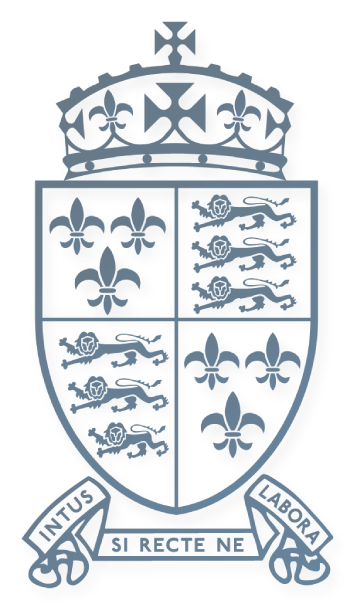
Prominent Salopians
Shrewsbury's alumni boast an enviable array of talent spanning over four centuries.
Shrewsbury has a world-class reputation for all-round excellence and is renowned for being one of England's great public schools.
The celebration of individuals and individual talent is central to our educational philosophy. The skills and passions that are unearthed and nurtured during a pupil's time at Shrewsbury will remain for life and this is evident through the diverse paths of prominent Old Salopians, some of whom are detailed below.
Andrew 'Sandy' Irvine, who was in Severn Hill from 1916-21, famously took part in the 1924 British Mount Everest Expedition with George Mallory.
The disappearance of George Leigh Mallory and Andrew Comyn (‘Sandy’) Irvine close to the summit of Mount Everest in June 1924 is without doubt the most compelling and the greatest unsolved mountaineering mystery of all time.
On June 8th in that year, they set out for the summit of the highest mountain on earth, wearing gabardine jackets and hobnail boots, tied together by a thin rope and equipped with unreliable oxygen cylinders. A fellow climber, geologist Noel Odell, caught a glimpse of them as they crossed a patch of snow just 800 feet from the summit, “going strong for the top”, but clouds rolled in to obscure his view and they were never seen alive again.
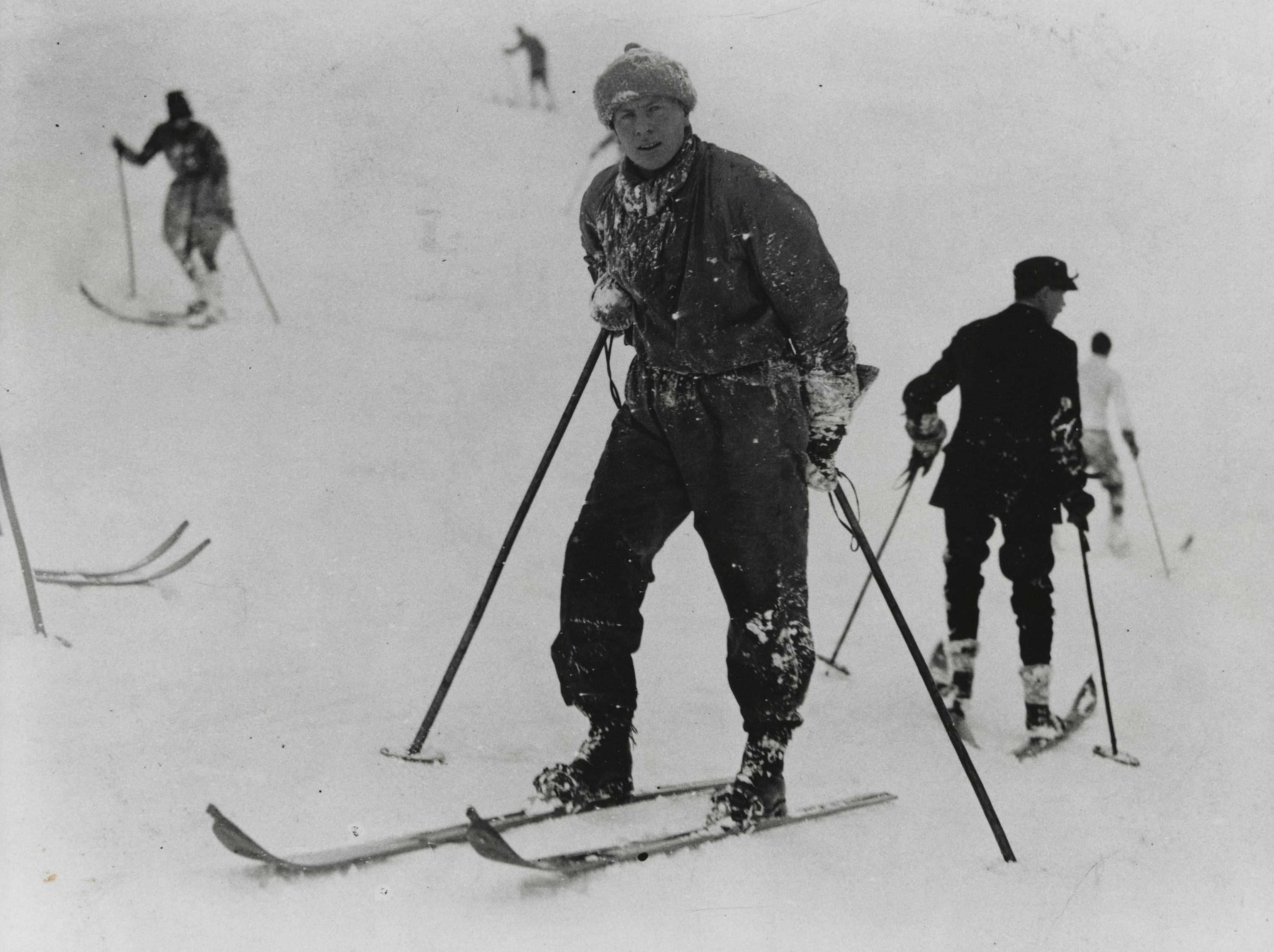
What happened to these two men has never been resolved. Were they, almost 100 years ago, the first to stand on the summit of Mount Everest? Or were they forced to turn back before they reached it? The discovery of Mallory’s body in 1999 stirred further speculation but answered few questions.
George Mallory was, without doubt, the finest technical climber of his generation – and widely recognised as such. There were also other experienced mountaineers in the 1922 team - Somervell, Norton, Odell to name but three; so why was Andrew Irvine, 14 years younger than the average age of the party, and 16 years younger than Mallory, chosen by him as his partner on the most challenging climb of his life?
One of the reasons almost certainly lay in Andrew’s school and university careers as an oarsman. Having arrived at Shrewsbury in 1916, he soon demonstrated his ability in a boat. He was a member of the crew that won the Elsenham Cup at the Henley Peace Regatta in 1919; two years later he rowed in the Shrewsbury eight that became only the second school crew ever to break the course’s iconic 7-minute barrier. He left Shrewsbury in 1921 as Captain of Boats and Head of House of Severn Hill.
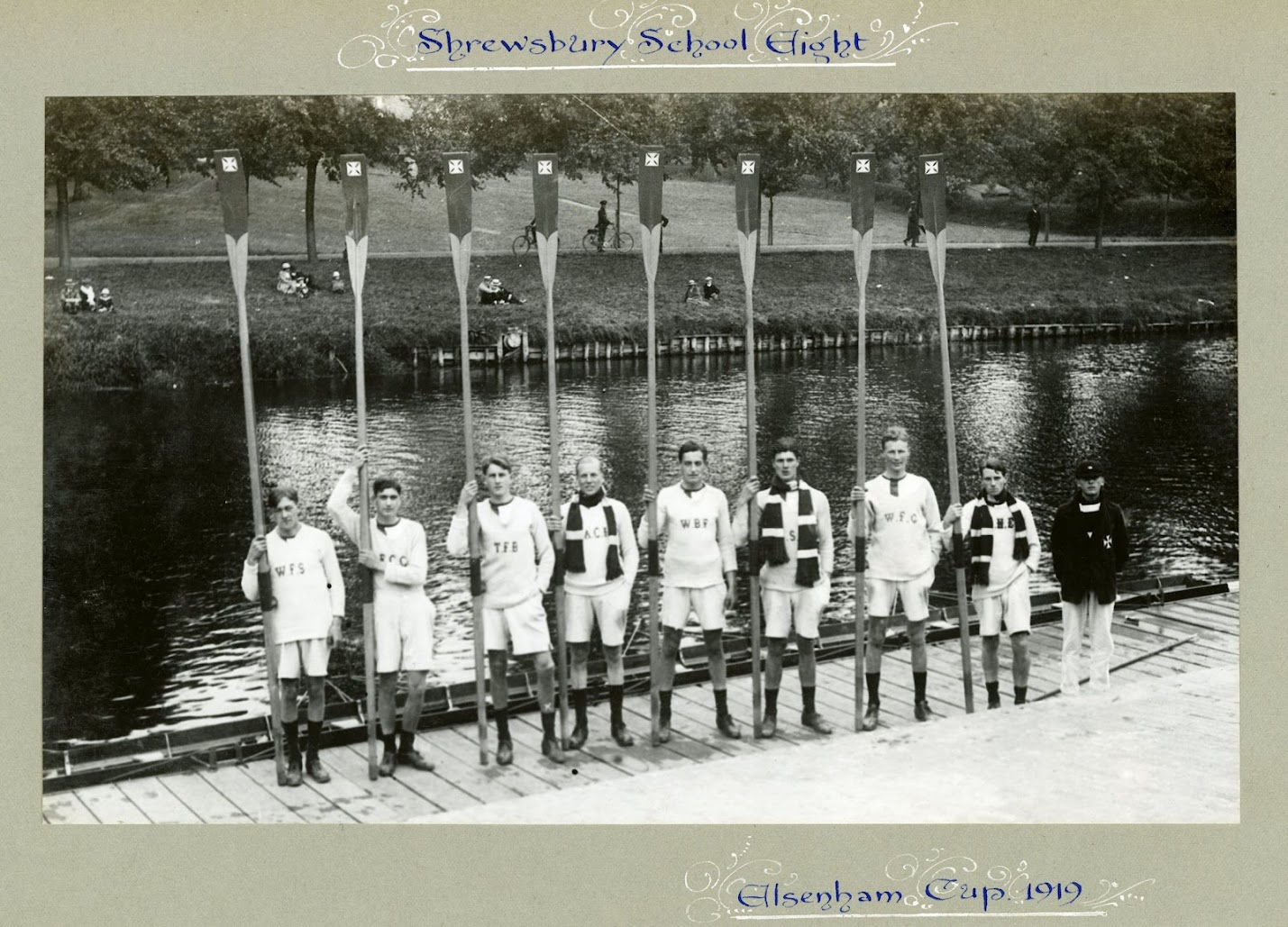
Victorious RSSBC crew at Henley, 1919. Sandy Irvine is fourth from the left
Sandy Irvine was already a man both of strong character and strong physique and it was no surprise when he was awarded his Oxford Blue in 1923, rowing 3 in a boat which won by ¾ length.
Irvine was given two term’s leave of absence from Merton College, Oxford for the Everest trip. The College, like his parents, would have seen it as an honour for him to represent his country – and a great opportunity. This may have outweighed other concerns about his participation, but there is no doubt that he was warmly welcomed by his more mature and experienced colleagues. Somervell wrote: “Neither bumptious by virtue of his ‘Blue’, nor squashed by the age of the rest of us. Mild, but strong, full of common sense, good at gadgets....Thoroughly a man of the world, but with high ideals.”
Although Irvine had no experience of climbing at altitude, he was adept at repairing the oxygen apparatus used by the British climbers at high elevations. On earlier Everest attempts, Mallory had felt instinctively that to use oxygen bottles to assist breathing in the thin air was somehow unsporting. On this third expedition, he was coming around to the idea that without such artificial aid, Everest would never be climbed. And to Mallory, Irvine would be his ticket to success at the summit of Everest, for Irvine could take apart and rebuild the unreliable rigs that were used in their day.
Irvine had fabricated an apparatus he called "Mark V." Even though he had succeeded in removing five pounds from the regularly issued version, his revised oxygen rig still weighed about 30 pounds. Moreover, the oxygen tanks were notoriously unreliable, and 38 of them that year were found to have leaks.
After two attempts without using supplemental oxygen had failed to take the expedition higher than around 28,125 feet, Mallory decided on one more all-out assault using the gas. On the morning of 6 June, Mallory and Irvine set off from the top of the North Col at 23,100 feet, hoping to reach the summit three days later. They were last spotted, through mist, in the early afternoon of 8 June by Noel Odell, who was following behind in support. He saw two black figures - no more than dots - approach and climb a rock step, called the Second Step, on the mountain's skyline, "nearing the base of the summit pyramid".
.jpg)
Shortly afterwards a sudden snow squall plastered the upper slopes with a thin layer of new snow. Upon arriving at the high camp, Odell noticed hardware from the oxygen apparatus strewn inside Mallory and Irvine's tent. It seems Irvine was hard at work, making final adjustments to their oxygen canisters before their departure for the summit. Odell retreated to the North Col but kept watch all night for signs of life above him. There were none, and when two days later Odell began the long climb back up to Mallory and Irvine's last camp, it was with no great hope of finding his comrades. No one had been back to the tent. The expedition had to accept that Mallory and Irvine were lost.
The forerunner of Private Eye was The Salopian, a school magazine published at Shrewsbury School in the mid-1950s and edited by Richard Ingrams, Willie Rushton, Christopher Booker and Paul Foot.
This article by Alex Went was originally published in Conference and Common Room, and was reproduced in The Salopian in November 2005.
In 1954, a group of 'unusual and talented' boys took on the editorship of the by then boringly staid Shrewsbury School magazine The Salopian. Their names, Richard Ingrams, Willie Rushton, and Paul Foot, were later to become synonymous with the satirical movement which characterized, in its free-thinking, balloon-pricking attitude, the Sixties. That these schoolboy 'radicals' were allowed to have anything to do at all with the mouthpiece of the establishment owed much to the inspired stewardship of Laurence LeQuesne, who taught history here until 1994, and who as master-in-charge of The Salopian readily responded to the lively intellects of Ingrams and Foot, and the accomplished penmanship of Rushton. It was also an early example of that intellectual give-and-take between pupil and teacher which would come to be the mainstay of the educational philosophy of succeeding generations. When he got engaged, LeQuesne's fiancée was warned, only half-jokingly, that her future husband was 'the man who was responsible for the 1960s, through his relations with the editors of Private Eye'.
From Shrewsbury, Foot and Ingrams passed to Oxford, from within whose seemingly conservative walls the two schoolfriends drafted, with Rushton, the pilot of the magazine which would become the single most successful satirical organ in the world. And indeed, today's Private Eye (as it was christened) is ever looking over its shoulder to its schoolboy and undergraduate roots.
The Rt. Hon. Lord Michael Heseltine CH attended Shrewsbury School from 1947 –51.
Lord Heseltine is one of the UK’s most well-known politicians. An MP from 1966-2001, Lord Heseltine was also a Cabinet Minister in various departments and Deputy Prime Minister under John Major from 1995-1997. In opposition he was spokesman on industry (1974-76), and the environment (1976-79).
More recently, Lord Heseltine was appointed by the government as an adviser to the Secretary of State for Communities and Local Government (2015). He has published various reports for the government on economic development and improvements to infrastructure, such as No Stone Unturned in Pursuit of Growth (2012). In June 2019 he became President of The European Movement, a cross-party organisation which seeks to reverse Brexit. He continues to publish opinion pieces on Conservative party leadership, the EU, levelling up, devolution and the environment.
Lord Heseltine is also an enthusiastic gardener and a Vice President of the Royal Horticultural Society. His latest book, Thenford: The Creation of an English Garden was co-written with Lady Heseltine and published in 2016.
In September 2022 Lord Heseltine returned to Shrewsbury as part of our Shrewsbury Dialogues Academic Lectures programme, where he spoke to our Sixth Formers about his time in Politics.
Lord Martin Rees (S 1956-60), is an astrophysicist and cosmologist, and the UK's Astronomer Royal. He is based at the University of Cambridge where he has been Professor of Astronomy and Director of the Institute of Astronomy. Lord Rees is a Fellow, and was the former Master, of Trinity College, Cambridge.
.jpg)
After studying at the University of Cambridge in the 1960s, he held post-doctoral positions in the UK and the USA, before becoming a professor at the University of Sussex. In 1973, he became a fellow of King's College and Plumian Professor of Astronomy and Experimental Philosophy at Cambridge (continuing in the latter post until 1991) and served for ten years as Director of Cambridge's Institute of Astronomy. From 1992 to 2003 he was a Royal Society Research Professor, and then from 2004 to 2012, Master of Trinity College. In 2005, he was appointed to the House of Lords, and he was President of the Royal Society from 2005 to 2010.
Lord Rees’s main astronomical research interests have been galaxy formation, cosmic jets, black holes, gamma ray bursts, along with more speculative aspects of cosmology – in particular, whether we live in a multiverse – and the prospects of detecting extra-terrestrial life.
He has been increasingly concerned in recent years about long-term global issues – the pressures that a growing and more demanding population are placing on environment, sustainability and biodiversity; and the impact of powerful new technologies. He is co-founder of the Centre for the Study of Existential Risk (CSER) at the University of Cambridge with a focus on these issues.
Lord Rees is a foreign associate of the US National Academy of Sciences, the American Philosophical Society, and the American Academy of Arts and Sciences, and an honorary member of the Russian Academy of Sciences, the Pontifical Academy, the Japan Academy and several other foreign academies. In the UK, he is an honorary member of the British Academy, the Academy of Medical Sciences and the Royal Academy of Engineering. Lord Rees’s awards include the Gold Medal of the Royal Astronomical Society, the Balzan International Prize, the Heineman Prize for Astrophysics (AAS/AIP), the Bower Award for Science of the Franklin Institute, the Cosmology Prize of the Peter Gruber Foundation, the Einstein Award of the World Cultural Council, the Crafoord Prize of the Swedish Royal Academy of Sciences, the Templeton Prize and the Dirac Prize. He has honorary degrees from numerous universities, including Harvard, Yale, Sydney, Melbourne, Oxford and Cambridge. Lord Rees has been president of the British Association for the Advancement of Science (1994-95) and the Royal Astronomical Society (1992-94), as well as a trustee of the British Museum, NESTA, the Kennedy Memorial Trust, the National Museum of Science and Industry, the Cambridge Gates Trust, and the Institute for Public Policy Research. He is currently on the Board of the Princeton Institute for Advanced Study, and has served on many bodies connected with education, space research, arms control and international collaboration in science.
In addition to his research publications, which total over 500, he has written extensively for a general readership. His ten books include 'Just Six Numbers', 'Our Cosmic Habitat', ‘Gravity’s Fatal Attraction’, and the recently-published, 'On the Future: Prospects for Humanity'.
Nick has worked in regional and national television since the late 1970s. After leaving Shrewsbury, he worked at the Birmingham Post and BBC Radio Birmingham, before moving to the sports department of ATV (which later became Central).
When Central won the Independent Television franchise in the Midlands, Nick became a general presenter and teamed up with Anne Diamond for the first time. He came to national prominence in 1983 as one of the first faces to appear on breakfast television in Britain. Having joined TV-am as a sports presenter, he soon took over the main presenting role of Good Morning Britain.
He has hosted Olympic Games and World Cup coverage as well as a variety of other sports programmes, including athletics and boxing. In 1992, he moved to the BBC and co-presented Good Morning With Anne and Nick on BBC One until 1996. Since 1997 he has been the lead presenter for BBC Midlands Today.
In 2006, he was awarded the Baird Medal by the Royal Television Society, Midlands, for lifelong achievement in television.
A lifelong fan of Luton Town FC, he was Chairman of the Club from 2008 until 2017.
Nevil Shute was the pen name of Nevil Shute Norway (1899 – 1960), a novelist, aeronautical engineer and pilot who worked on and flew the Airship R100.
His most famous books include On the Beach, Pied Piper and A Town Like Alice, which has been adapted for film, TV and radio and is partly set in his adopted country of Australia.
From Shrewsbury School 1552 – 2002 by Robin Case:
Sir Kyffin Williams R.A. entered the School in 1932. Baulked, he felt, by his Housemaster and the system, he was nevertheless inspired by Frank McEachran (in whose memory the McEachran Prize is held each year at Shrewsbury.) Williams trained at the Slade School of Art and, following a distinguished career and a series of significant one-man shows, was elected President of the Royal Cambrian Academy.
He is widely regarded as the defining artist of Wales during the 20th century, recording through his paintings and drawings the very spirit of Wales, its mountainous landscape and its people. His vision on canvas is as craggy and uncompromising as R.S. Thomas is in verse, and his work can be found in many leading galleries, including The Tate, the National Portrait Gallery and the Walker Art Gallery in Liverpool.
He died in 2006 at the age of 88.
Charles Burney (1726-1814) is Shrewsbury School's most eminent musician. Organist, composer, the foremost music historian of his time, man of letters, traveller, and friend to many 18th century luminaries, Burney composed for Rousseau, was painted by Reynolds and befriended Edmund Burke. He is commemorated in Westminster Abbey.
Born to James Macburney III in April 1726 in the village of Condover, three miles from Shrewsbury, Charles attended Shrewsbury School from 1737. While there, he learnt dancing from the father of English pantomime, John Weaver, and documented Cadman’s ill-fated attempt to negotiate a zip wire from the spire of St Mary’s Church, where Charles’ brother was organist, and where the School worshipped. Later, whilst living in Chester, he witnessed rehearsals for Handel’s Messiah, en-route to Dublin, the location of its first performance.
Those early experiences were, however, but the prequel to Charles’ extraordinary life of travel and diaries, music and authorship, correspondence and deep friendships with so many of his time. His journeys to France, Germany and Italy gave birth to some wonderful published personal accounts of those travels and led to his publishing the first major History of Music in the English language.
He met Mozart at least twice and became a close friend of Joseph Haydn. Indeed it was Burney who arranged for the greatest number of subscribers towards getting Haydn’s masterpiece, The Creation, published.
It was for composer Thomas Arne that Burney left his native Shropshire, bound for a new life as a jobbing theatre musician in the hustle and bustle of 18th century London, playing also for Handel, working with the great actor manager Garrick, and composing for the Scottish publisher, James Oswald under the pseudonym of ‘The Temple of Apollo’.
His life was never to be ordinary again, and the dramatis personae of Burney’s long and illustrious career reads like a Who’s Who of the greatest figures of the 18th century English court, and the leading philosophical and musical minds of what then constituted Europe. He received an Honorary Doctorate from Oxford University, and it is this image of him holding his degree, painted by Sir Joshua Reynolds, that most people know as the familiar face of the great Doctor himself.
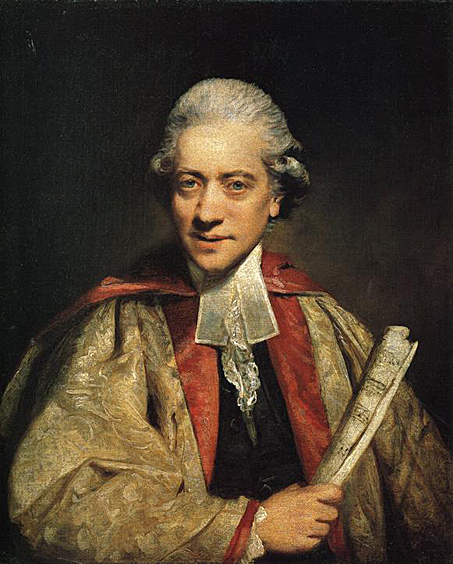
Portrait of Dr Charles Burney by Sir Joshua Reynolds
Burney’s daughter Fanny went on to become a renowned diarist and author in her own right, and his son James circumnavigated the globe with Captain Cook.
Charles died in 1814 after a wonderfully rich and active life. But through all his travels and many contacts he made, he communicates a real sense of what it meant to be an English citizen in the 18th century: “I would throw away my pen, break my ink-bottle, and burn every bit of paper in my house, sooner than let others guide me in all my opinions about men, things and countries. I love England, and am proud of breathing the same air as Locke, Newton, Milton, Dryden, Shakespeare etc. I bless myself in the liberty of our Government and the happiness it puts in our power.”
Mountaineer and surgeon; leader of the 1955 British Kangchenjunga expedition and deputy leader of the 1953 British Mount Everest expedition
From an obituary published by the American Alpine Club:
Charles Evans was a mountaineer’s mountaineer: expert, unassuming and self-effacing to a fault, whose love of neurosurgery and climbing demanded judgment, skill and nerve. He began serious climbing in 1938 and after WWII, as soon as Nepal first opened to foreigners, made some remarkable explorations and climbs there.
In 1953 Charles was invited to Everest as deputy leader to John Hunt. He and Tom Bourdillon climbed to within a few hundred feet of the summit. But his equipment was not working well and to persist would have endangered both and faulted the expedition. With sound judgment they gave up their chance to be the first and Charles left his oxygen cylinders for Hillary and Tensing at 28,700 feet.
Two years later Charles led an equally harmonious team to Kangchenjunga, third highest, and considered by many the most difficult challenge in the Himalayas. Their success was widely praised, especially because the two teams stopped six feet below the top out of respect for the Nepalese reverence for the mountain.
Perhaps his most inspiring legacy will be the way he accepted his fatal illness, multiple sclerosis. As a neurosurgeon he knew all too well what probably lay ahead far him in 1960, but he showed wonderful grace under pressure as his body slowly deteriorated.
After giving up surgery he soon had to stop climbing, and he became Vice Chancellor of the University of Wales until 1973. He was able to sail for a few years, then handed over to his wife Denise, also an experienced climber and sailor.
Priest, poet and author, The Very Reverend Mark Oakley is Dean of Southwark Cathedral, and a former Dean of St John's College, Cambridge and Residentiary Canon of St Paul's Cathedral. He writes and broadcasts on poetry, spirituality and human rights.
Former Archbishop of Canterbury Rowan Williams has said of him: "Mark Oakley is one of the most distinctive, intelligent and refreshing voices in the Church of England, always illuminating, never stale or second-hand."
His books include:
- The Splash of Words: Believing in poetry
- My Sour-Sweet Days: George Herbert's Poems Through Lent
- By Way of the Heart: The Seasons of Faith
- The Collage of God
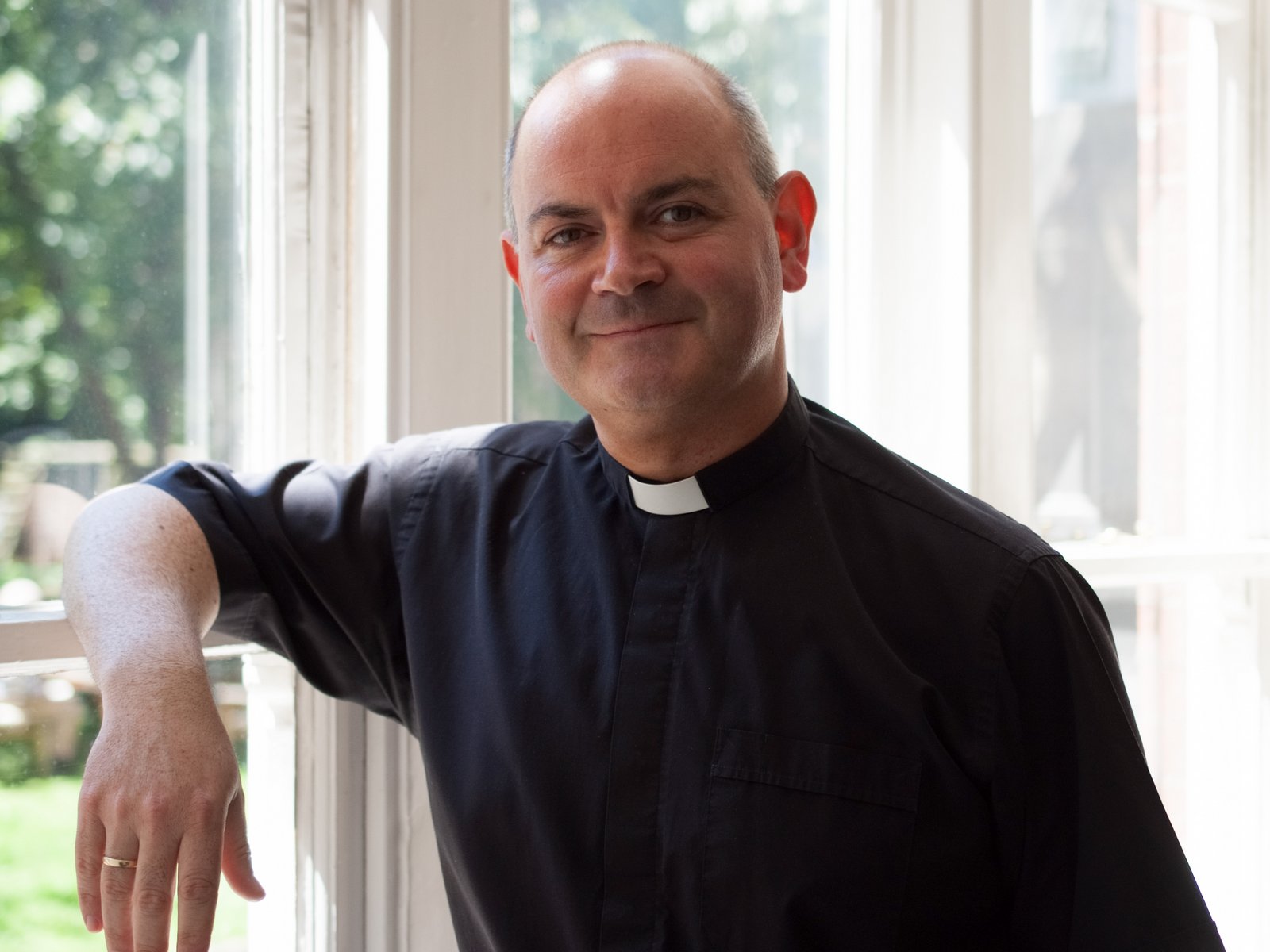
James Taylor is a former England International cricketer and selector for the National Team who played for Nottinghamshire County Cricket Club, as well as captaining the England Lions before making his full debut.
James attended Shrewsbury School from 2003-2008, where he was in Rigg’s Hall.
A right-handed batsman and occasional right-arm leg break bowler, Taylor made his debut in first-class cricket in 2008 for Leicestershire and made major impressions in his first county seasons. He is noted as being a fine fielder in the covers. He became the youngest Leicestershire one-day centurion and first-class double centurion. In 2009, Taylor also became the youngest player in Leicestershire's history to score 1,000 championship runs in a season.
Having represented England at under-19 level and captained the England Lions, Taylor made his One Day International (ODI) debut for England in August 2011. In December 2011, Taylor signed a contract to play for Nottinghamshire and the following summer he made his England Test debut when he faced South Africa at Headingley becoming the 653rd man to play Test cricket for England and the first born in the 1990s.
A serious heart condition, arrhythmogenic right ventricular cardiomyopathy (ARVC), forced him to retire from all cricket in April 2016. Two years after his retirement he was appointed as a selector for the England team.
Issy Wong is an English cricketer who plays for Warwickshire, Central Sparks, Birmingham Phoenix and Sydney Thunder. She has previously played for Southern Vipers in the Women's Cricket Super League.
Issy attended Shrewsbury School from 2015 to 2020 and from the offset it was clear that she was gifted academically, as well as being a superstar on the cricket field.
Throughout her time at school, her cricket career took off. The fast bowler started playing professionally for Warwickshire in 2019, in the same year making school history when she became the first girl to play for the Boys 1st XI. After finishing school, she was one of five players offered a professional contract at the West Midlands Regional Hub Central Sparks, alongside her teammate and Head of Girls’ Cricket at Shrewsbury School, Gwen Davies.
Issy’s national cricket career took a step forward when she was selected for the ECB’s inaugural The Hundred Competition. The 100-ball cricket tournament involved eight men’s and women’s teams and took place in 2021, in which Wong took 6 wickets at an average of 32.00 for Birmingham Phoenix.
In early 2021 she toured New Zealand alongside the England Women’s Cricket team, offering her the chance to gain invaluable experience.
Most recently she was signed for Sydney Thunder for the 2021-22 Women’s big Bash League Season, competed in the 2022 Commonwealth Games representing England and played in the second annual Hundred Competition.
In June 2022, Issy made her debut for the England Women’s Test Cricket Team.
The squad went head to head against South Africa in the LV= Insurance Women’s Test at Taunton, where the fast bowler gained her maiden wicket in only her second over by bowling Laura Wolvaardt, before taking an impressive catch and picking up two wickets in a late-evening spell on the third day.

